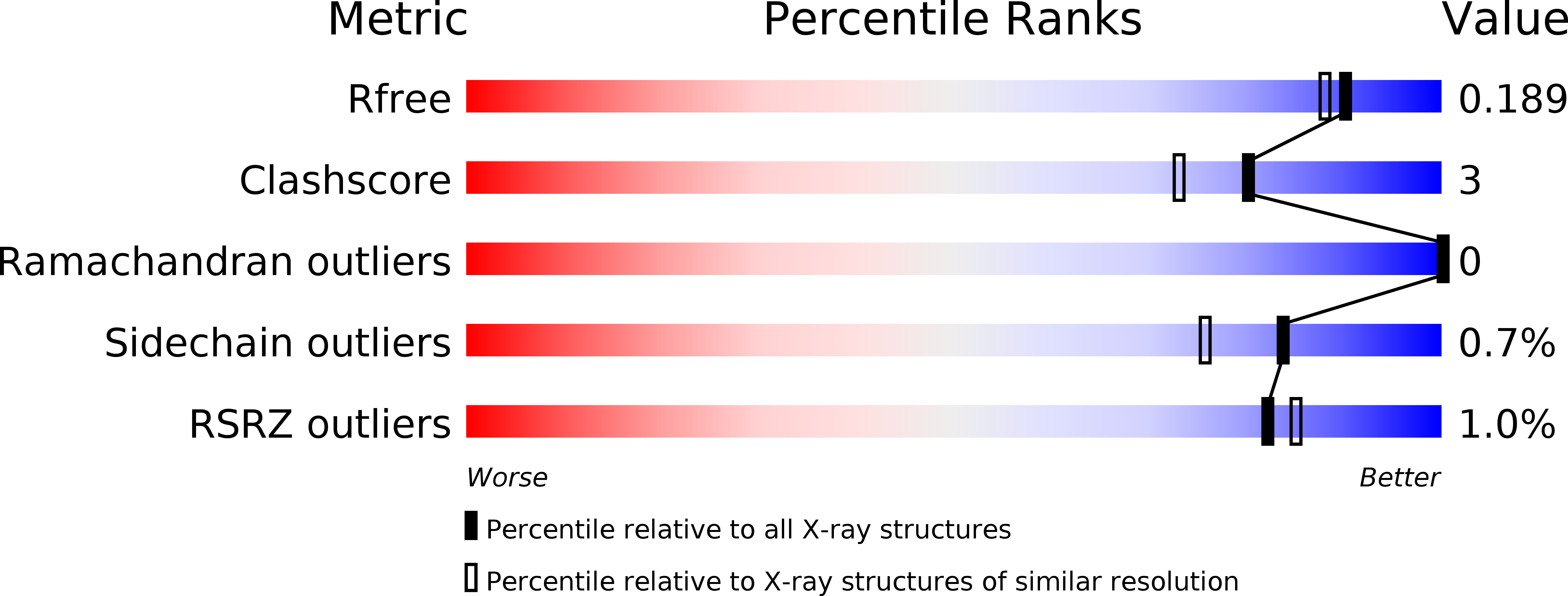
Deposition Date
2015-01-26
Release Date
2015-06-03
Last Version Date
2024-01-10
Entry Detail
PDB ID:
4XUR
Keywords:
Title:
Structure of the CBM22-2 xylan-binding domain from Paenibacillus barcinonensis Xyn10C in complex with xylotetraose
Biological Source:
Source Organism:
Paenibacillus barcinonensis (Taxon ID: 198119)
Host Organism:
Method Details:
Experimental Method:
Resolution:
1.67 Å
R-Value Free:
0.19
R-Value Work:
0.15
R-Value Observed:
0.15
Space Group:
P 32


